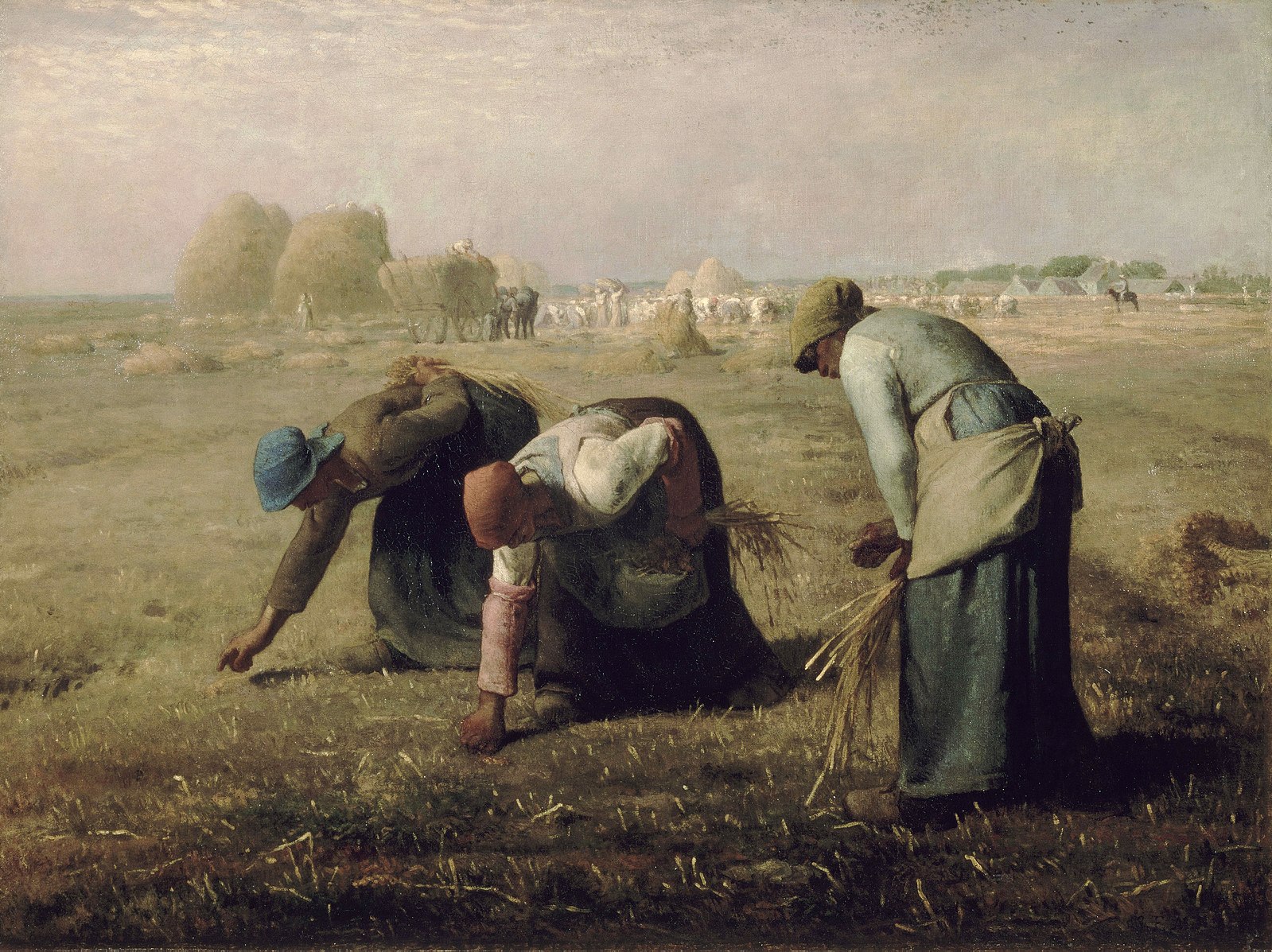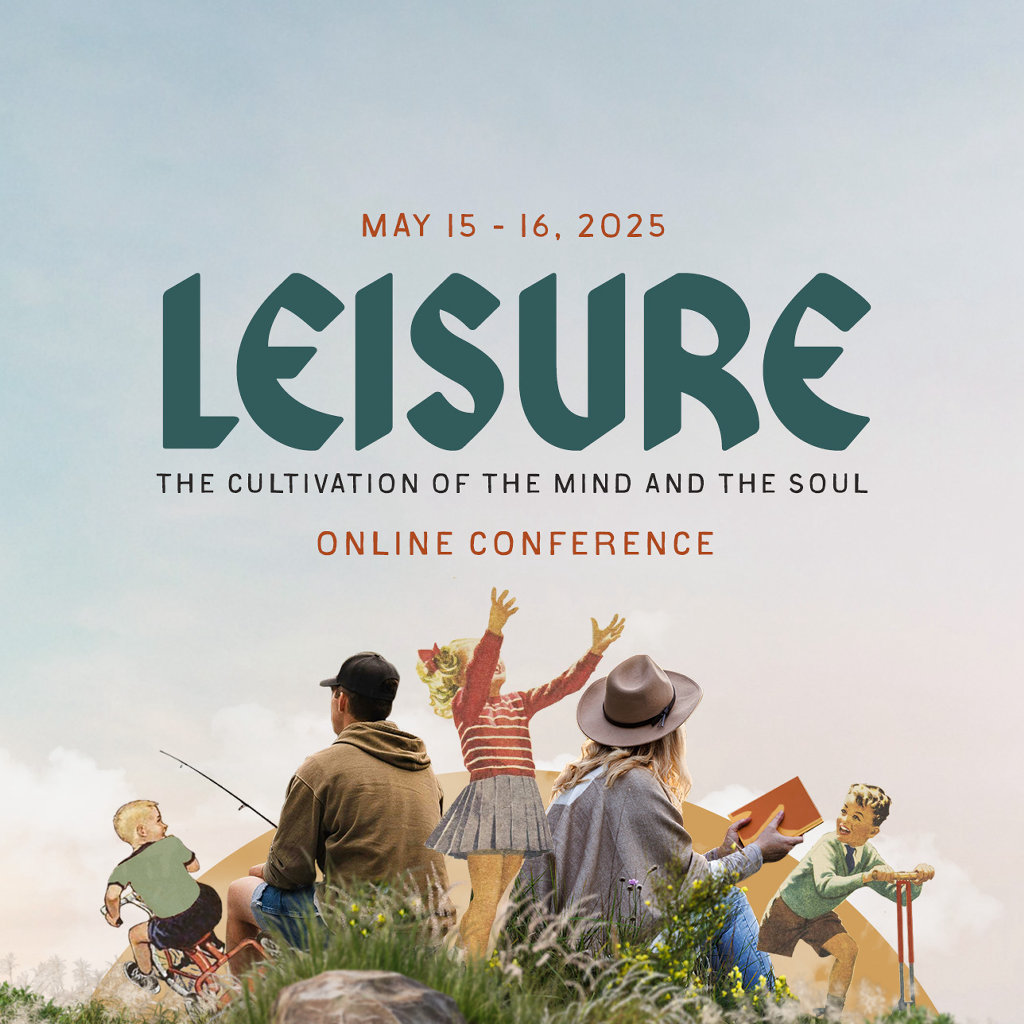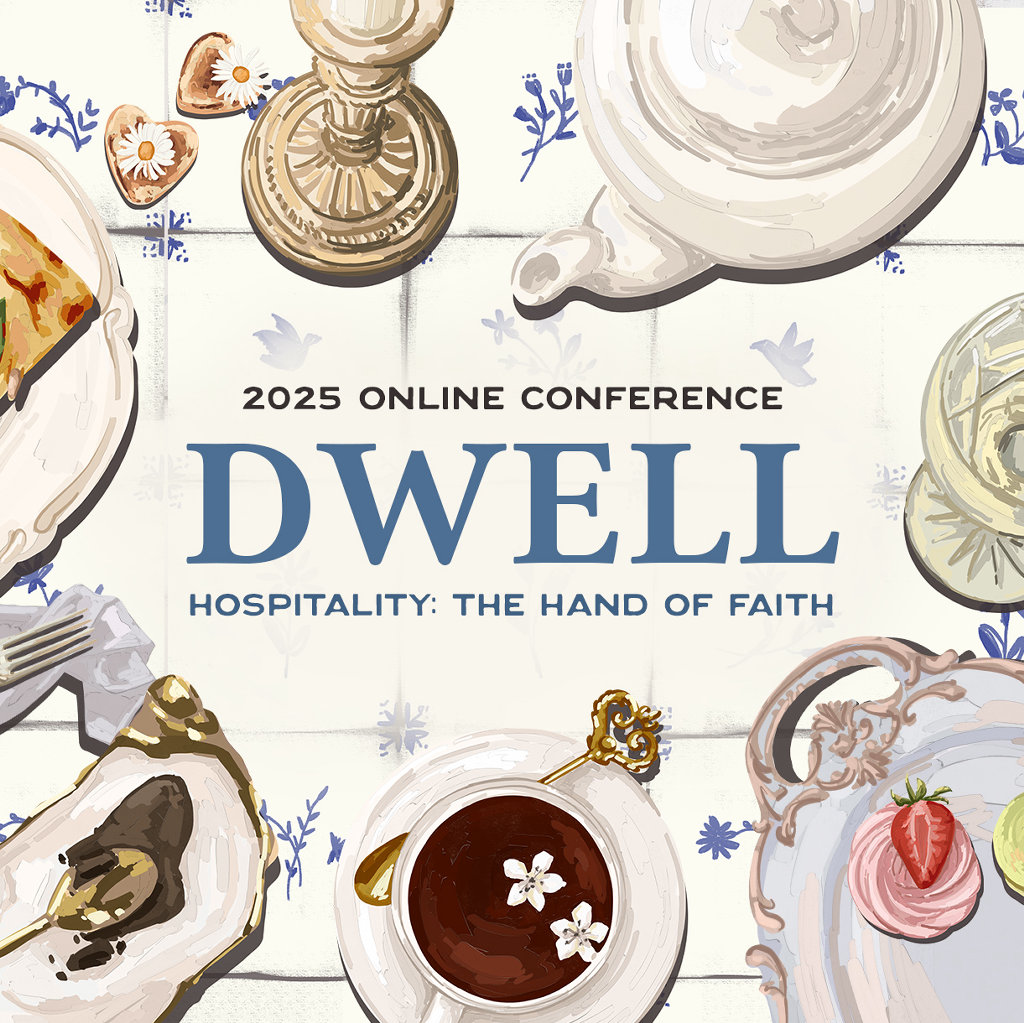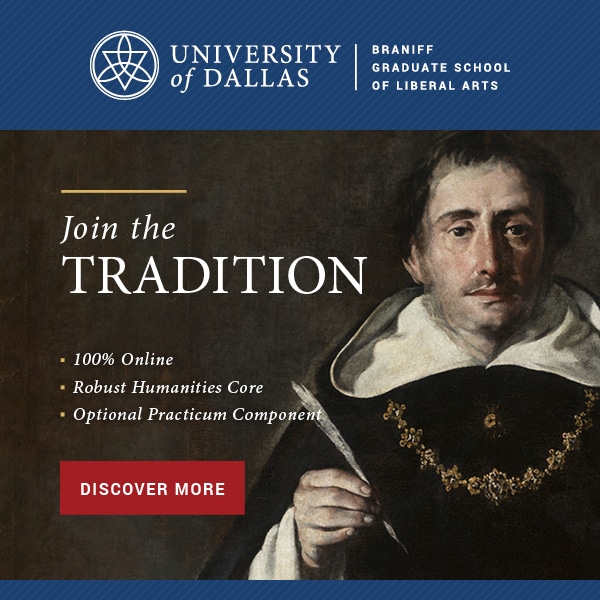Tips For Teaching History

History isn’t one of the liberal arts. This means that when history class starts, many classical teachers stop teaching virtue and starting teaching “important things,” instead, by which I mean battles, wars, body counts, names and dates, peace treaties, reparations packages, and so forth. While I wouldn’t say such things shouldn’t be taught, I don’t believe throwing the words, “But none of this surprised God,” onto the end of an otherwise public school history lesson makes it Christian. And neither does reading a few “original sources” (i.e. the letter some queen wrote, the Magna Carta) make a history lesson classical.
Inasmuch as history teachers, philosophy teachers, literature teachers, and theology teachers are all involved in the same essential task—leading students to love, hope, wisdom, temperance, modesty, and so forth—I offer the following suggestions for teaching history.
First. Acquire for yourself a copy of The Oxford Illustrated History of Christianity (edited by John McManners). Every humanities teacher needs a small compendium of history books and this ought to be the first one you acquire. Your average humanities class doesn’t have any history books in the curriculum. It’s all Paradise Lost and Beowulf and the teacher is supposed to “fill in” the history part. Now, if your goal in teaching history is my goal—giving your students a vantage point from which to view and judge modernity—then Beowulf is sort of a history book. It can be taught that way, at least, even though there’s no bold-faced names and dates and battles and peace treaties. And yet, there’s also a very real sense in which a “history book” is a gloss of what happened over a very long period of time, and for that sort of history book, The Oxford Illustrated History of Christianity is ideal.
I got my copy around fifteen years ago and have been using it every year since. It’s a collection of essays on various time periods, though the focus is on religion, and politics is only touched on in reference to religion, which means that you get more on the English Civil War than the War of 1812. You might call the Oxford Illustrated History of Christianity a textbook, but it reads more like a collection of essays, because each chapter is written by a well-known and respected historian who makes no attempt to cover over his biases.
The writing is dense and chewy. There are a handful of chapters in this book I’ve read twenty or thirty times and, like classic literature, I am still coming to terms with the full extent of their meaning. There are chapters on first century Christianity, late antiquity, the dawn of the middle ages, the high middle ages, the century prior to the Reformation, the Enlightenment, the effects of Romanticism on Christianity. Each chapter is around 20 to 30 pages long and regards culture, broadly understood. How did the world look to people in these bygone eras? What sort of a place was the world taken to be? What was the essential task of man (in 200 AD as opposed to 1200 AD or 1800 AD) and what were his most important tools in accomplishing it? What kind of a thing was the soul? How was the soul best fed? Every author looks at emergent realities of an era, accidents of belief, coincidences of belief, convergences of politics and art and piety. Each chapter offers a different sense of Christianity which is deeply married to historical particularities, which means readers get an impression of what their own lives would have been like had they lived long ago. I find this far more valuable than learning about the eccentricities of great men—even though that has a place, as well.
When students gain a sense of what their own lives would have been like had they lived a thousand years ago, they gain a much greater sense of their present temptations.
Second. In my particular uses of McManners’ book, I am unapologetic in my preference for heavy periodization when teaching history. When I say “heavy periodization,” I mean that I put deep, heavy trenches around historical periods when I describe them. When I teach the Renaissance period, it’s a period. It’s a discreet passage of history marked by distinctive qualities that are not present elsewhere.
This sort of thing is very unfashionable in colleges, where professors are far more interested in proving there was no Renaissance period, or that referring to it as “a period” is very problematic, or that the Reformation had already begun in the Renaissance period, or that many aspects of Renaissance life are still with us to this day—so maybe the Renaissance period (if it ever existed) never even really ended? And if it never really ended, did it ever really begin—given how much of what was true about life in the Renaissance period was true of the Medieval period, as well? And the goal seems merely to graduate students who move through the world saying, “It’s not that simple,” whenever they hear anyone make any judgement of any thing.
While I believe there is some truth to the idea that historical epochs are porous, soft, and permeable, when teaching high school students, I think it far better to state a few caveats about periodization up front, and then speak of each period as having hard, fast distinctions. You’re not going to train students to love some amorphous thing that doesn’t exist. If you want them to love Renaissance art, it has to exist. If you want them to think Renaissance things are cool—cooler than modern things—then the Renaissance period has to be a real thing. The Reformation has to be a real thing, as does the Counter Reformation, as does the Enlightenment.
When I sketch out an historical period for students, I try to show them another man’s idea of normal. I want them to know what Renaissance politics was like, what their art was like, and how the average man saw himself in relationship to the world. I want my students to have a sense of what it was like to be normal and walk the earth a thousand years ago. It’s one thing to know that Charlemagne snatched the crown from Leo III’s hands and placed it on his own head in 800 AD, but it’s another thing to know what it means to thatch a roof by hand, and to know that Medieval men rethatched their roofs every year, and that there was a very narrow window on the calendar when they could do so, because the branches they used had to be thick, but bendable, and they were only in such a condition for a few weeks every April.
Those who don’t study the past are condemned to believe every fashionable wind of doctrine that blows today. The study of history ought to offer students a place to stand from which they can view Taylor Swift from a cool, objective distance (so they can more easily laugh at her).
Third. I’ll simply give you a quick list of supplemental materials that I have found immensely useful in helping students gain a sense of other historical time periods.
Zbginiew Herbert’s “A Stone From the Cathedral” is a microhistory of the building of Chartres cathedral and will prove useful to anyone teaching the Medieval period.
Frances and Joseph Gies’ Life in a Medieval Village is a fascinating collection of essays which offers a closely observed, boots-on-the-ground account of English life seven hundred years ago. Readers get a keen sense of just how disconnected from nature they are and a careful teacher can turn the text into a hundred thousand lessons on why modern life is so bleak, dissatisfying, and dull.
Next, Tales from the Green Valley is the only television show I have ever endorsed showing in the classroom, though I would also endorse all of that show’s sequels, as well. This BBC documentary series, which began in 2005, depicts a crew of historians living for one year in an English farm which was perfectly preserved from the late 16th century.
Finally, I commend to you Peter Leithart’s Solomon Among the Postmodern, which was the book which persuaded me that periodization was valuable. When I speak of giving my students a vantage point from outside their era, this is the book which most closely approximates what I aim to do.
Fourth. My final tip for teaching history involves a performance on the teacher’s part. Play the role of an old historical person for your students, someone from long ago—not someone famous, but someone common. This is the sort of thing I only started doing when I had six or seven years of experience under my belt, but at a certain point, I realized it would be more productive and more enjoyable to act out the part of a Medieval farmer than to lecture through it. So one day I began class by telling my students I had a special guest for them, a bona fide Medieval farmer who had been miraculously transported from the year 952 AD (from somewhere in the Holy Roman Empire). He was just outside the door, would enter in just a moment, and when he did, they were free to ask him whatever they liked. “If you could speak to a man from long ago, what would you want to know? What would you ask? What would you want to know about his life? What about your own world would you want his opinion about?”
These were high school sophomores, mind you, so they knew it was a bit of a game. I tried my best to not make it a hokey game, and yet not to be so serious that they couldn’t enjoy it. I left the classroom and then walked back in a moment later with a somewhat surprised look on my face. They needed a little prompting, but eventually someone asked, “So, what do you believe?” I said I didn’t understand. That question needed four or five reformulations until someone asked something specific enough that I could actually answer. It took awhile for the students to understand that I didn’t know anything about politics—they might as well have been asking a modern man what kind of pen the president uses when signing to laws into effect. In the end, they were far more curious about the ephemera of the man’s life than his access to the big picture, and so they came away with a different perspective on their own lives, as well.
This is the sort of experiment that really needs to be given a good long time to unfold. Don’t attempt to do it quickly. Give an entire period over to it. If you doubt your students ability to grasp the assignment, bring another teacher into the room to ask questions, help them out, and get things started.
Again, your goal is to break your students of the notion that the only possible way to live is the way most people live now, and that the only possible things to believe are the things people believe now, and the only possible things to love are the things most people find easy to love right now. So when you perform the role of some average historical person, you’ve got to sell it. You’ve got to make it make sense. You’ve got to present it in a winking, analogical way so that students begin making connections between the present and the past, and the past comes off strong.
History is just one more tool the classical teacher has to jailbreak student minds from the tyranny of the present.

Joshua Gibbs
Joshua Gibbs is the director of The Classical Teaching Institute at The Ambrose School. He is the author of Something They Will Not Forget and Love What Lasts. He is the creator of Proverbial and the host of In the Trenches, a podcast for teachers. In addition to lecturing and consulting, he also teaches classic literature through GibbsClassical.com.









3 thoughts on “Tips For Teaching History”
These are very useful tips!! Thank you. I love using pictures from the Luttrell Psalter, a 14th century illuminated manuscript known for the vivid images of everyday Medieval village scenes, as a good visual resource for teaching from the vantage point of Medieval life. There’s also a good short film/montage made using some of the scenes from the Luttrell Psalter that you can find for free on youtube that I recommend.
Thank you for this very helpful article! Where can I find “A Stone from a Cathedral”? Internet searches seem not to turn up a copy.
Greetings Tina! I happened to be reading another article by Gibbs, “So You Have to Teach a New Class Next Year”, where I found an answer. It appears that “A Stone from a Cathedral” is a part of a larger work, Zbigniew Herbert’s “A Barbarian in the Garden”. I hope that helps!